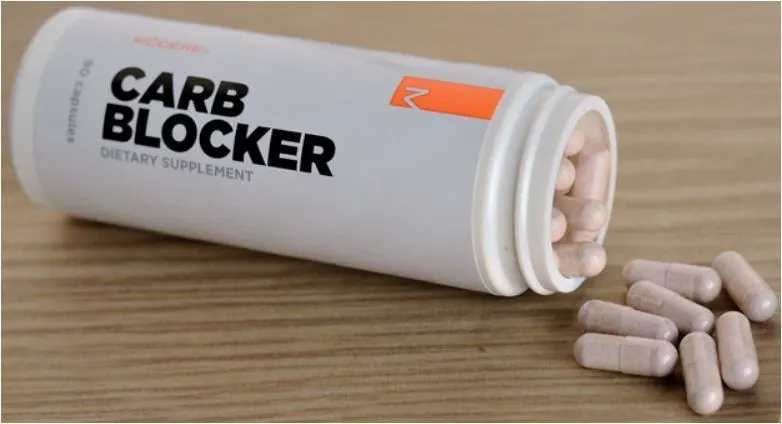Understanding Iron Overload
What is Iron Overload?
Iron overload, also known as hemochromatosis or iron toxicity, occurs when there is an excessive accumulation of iron in the body, leading to tissue damage and dysfunction. This can result from genetic factors, such as hereditary hemochromatosis, or from excessive iron supplementation or dietary intake.
Role of Iron in the Body
Iron is essential for the production of hemoglobin, the oxygen-carrying protein in red blood cells, as well as for various enzymes involved in energy metabolism, DNA synthesis, and immune function. However, when iron levels exceed the body’s needs, it can lead to oxidative stress and tissue damage.
Causes of Iron Overload
Iron overload can occur due to genetic predisposition, such as mutations in the HFE gene associated with hereditary hemochromatosis, or secondary causes such as excessive dietary intake, chronic blood transfusions, or certain medical conditions.
Health Risks of Excess Iron Intake
Organ Damage
Excess iron accumulation can damage various organs and tissues, including the liver, heart, pancreas, and joints, leading to conditions such as liver cirrhosis, heart failure, diabetes, and arthritis.
Increased Oxidative Stress
Iron overload results in the accumulation of free iron, which can promote the production of reactive oxygen species (ROS) and oxidative stress, contributing to cellular damage, inflammation, and accelerated aging.
Cardiovascular Risk
High levels of iron have been linked to an increased risk of cardiovascular diseases, including atherosclerosis, hypertension, and heart failure, due to their role in promoting oxidative damage and endothelial dysfunction.
Impaired Immune Function
Excessive iron levels can impair immune function by promoting the growth of pathogenic bacteria and interfering with the function of immune cells, increasing susceptibility to infections and inflammatory conditions.
Neurological Disorders
Iron accumulation in the brain has been associated with neurodegenerative disorders such as Alzheimer’s disease, Parkinson’s disease, and multiple sclerosis, potentially due to oxidative damage and disruption of neuronal function.
Diagnosis and Management
Diagnostic Tests
Iron overload is diagnosed through blood tests to measure serum ferritin levels, transferrin saturation, and liver function tests, as well as genetic testing for hereditary hemochromatosis.
Treatment Options
Treatment for iron overload may include therapeutic phlebotomy (blood removal) to reduce iron levels, iron chelation therapy to remove excess iron from the body, and dietary modifications to limit iron intake.
Monitoring and Prevention
Individuals at risk of iron overload, such as those with a family history of hemochromatosis or certain medical conditions, should undergo regular monitoring of iron levels and adopt strategies to prevent excessive iron intake through diet and supplementation.
FAQs about Iron Overload
Can iron overload be reversed?
With appropriate treatment and management, iron overload can be effectively controlled and its complications minimized. However, reversal of iron accumulation may vary depending on the severity of the condition and individual factors.
Are iron supplements safe to take?
Iron supplements should only be taken under the guidance of a healthcare professional and prescribed based on individual needs. Excessive iron supplementation can lead to iron overload and should be avoided unless medically necessary.
Can iron overload cause hair loss?
Iron overload may contribute to hair loss or thinning, as excess iron accumulation can disrupt normal hair growth cycles and contribute to oxidative damage and inflammation in hair follicles.
How common is hereditary hemochromatosis?
Hereditary hemochromatosis is one of the most common genetic disorders worldwide, particularly among individuals of Northern European descent. It is estimated to affect approximately 1 in 200 individuals of European ancestry.
Can dietary changes help manage iron overload?
Yes, dietary modifications can play a role in managing iron overload by limiting the intake of iron-rich foods such as red meat, organ meats, fortified cereals, and iron supplements. Consuming foods high in vitamin C may also enhance iron excretion.
Are there any natural remedies for iron overload?
While there are no natural remedies that can cure iron overload, certain dietary and lifestyle modifications, such as avoiding alcohol, maintaining a healthy weight, and consuming antioxidants-rich foods, may help mitigate oxidative stress and inflammation associated with iron overload.
Is iron overload preventable?
While hereditary hemochromatosis cannot be prevented, the complications of iron overload can be minimized through early detection, regular monitoring, and appropriate management strategies, including phlebotomy and dietary modifications.
Conclusion
While iron is an essential nutrient for various bodily functions, excessive intake can lead to iron overload, with serious implications for health and well-being. Understanding the risks associated with excess iron intake, recognizing the signs and symptoms of iron overload, and adopting appropriate diagnostic and management strategies are essential for preventing its complications and promoting optimal health. By raising awareness of the dark side of iron and providing guidance on its safe and judicious use, we can empower individuals to make informed decisions about their dietary choices and overall health.
- Lip Flip Treatment Near Epsom, Surrey - May 23, 2025
- What Kind Of Filler Is Used For Tear Trough - May 23, 2025
- What Are THC Drinks And How Do They Work? - May 22, 2025




